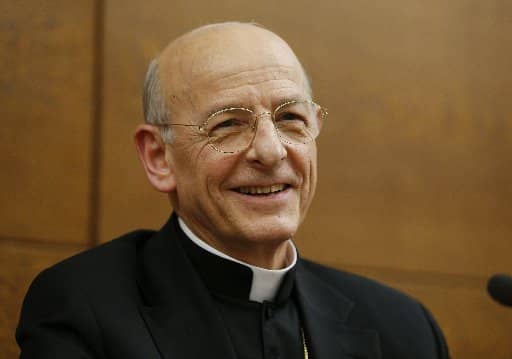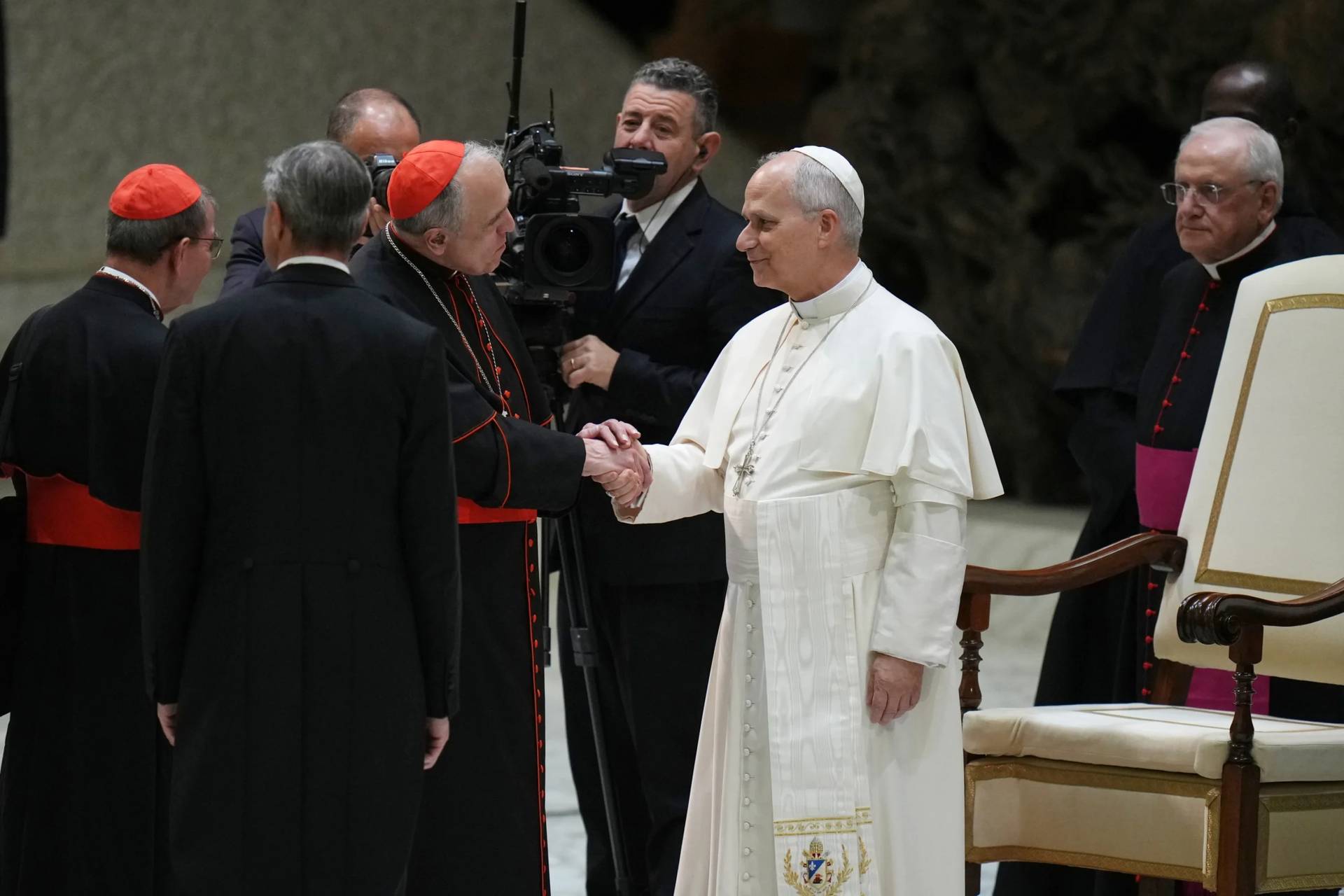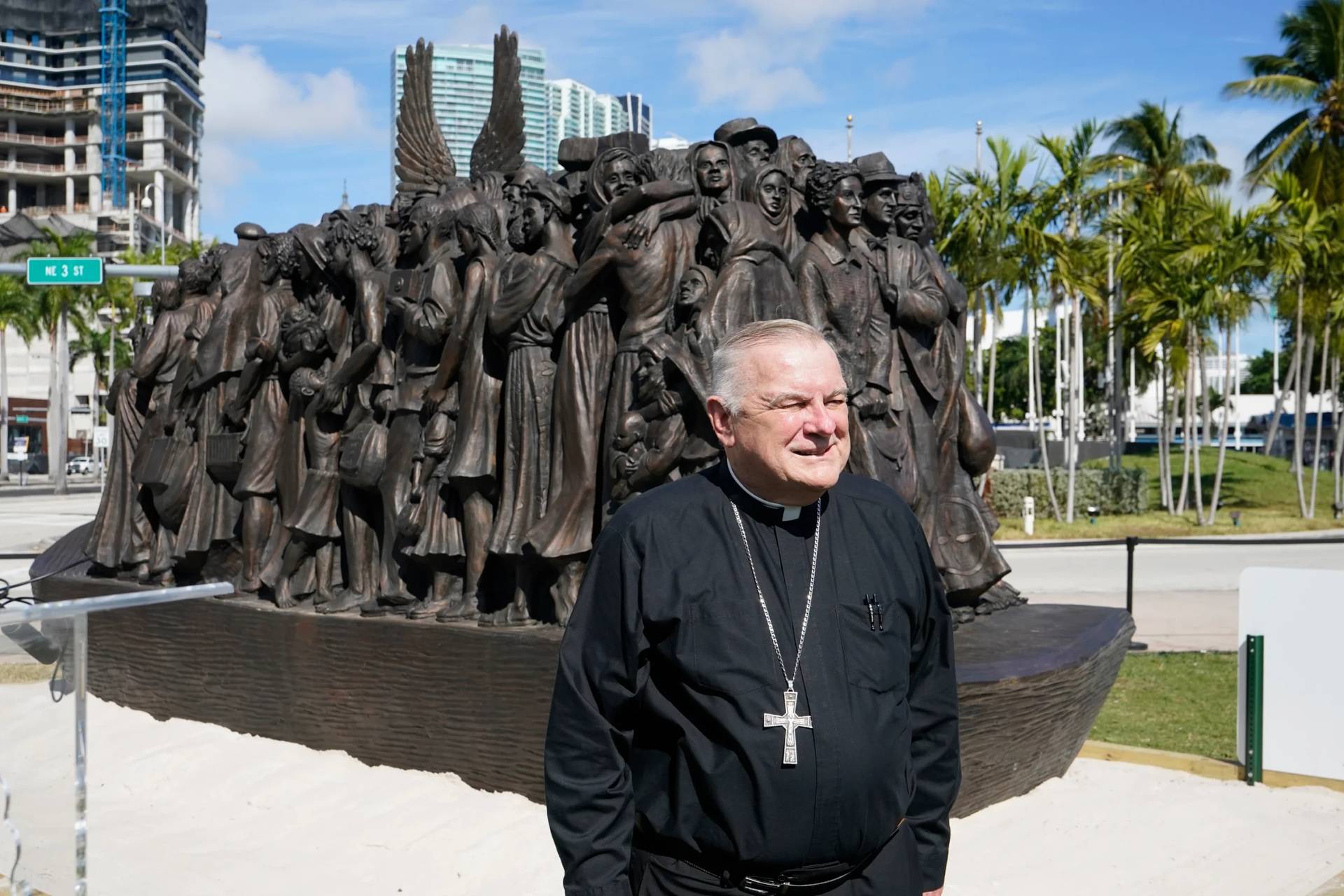ROME – Pope Francis on Saturday approved the martyrdom of Argentina’s version of Oscar Romero, a high-profile cleric who died during his country’s Dirty War. Just like Romero, he was killed by the military, though in his case through an alleged “car accident,” due to his denunciation of illegal repression being perpetrated by the army.
Romero of El Salvador, of course, was murdered with a bullet to the heart as he was celebrating Mass in 1980 and is due to be formally declared a saint by Francis in October, although he’s already viewed as a saint by millions across Latin America.
In a similar vein, Bishop Enrique Angelleli of La Rioja, Argentina, who was killed on August 4, 1976, for openly challenging abuses of power by the military, is already a saint to a wide swath of the population in the pope’s native country.
For many people outside Latin America, Romero may be the only martyr of significance from the region. Yet up and down the Americas there are other prelates who lost their lives due to their commitment to the poor and marginalized during their countries’ darkest hours.
For instance, beyond Angelelli and Romero, there’s also Bishop Juan José Gerardi Conedera, assassinated in Guatemala in the 1970s, and Colombian Bishop Jesús Jaramillo, murdered in 1989 by Marxist guerrillas known as the National Liberation Army, and declared a martyr by Francis during his trip to the country last September.
In Angelelli’s case, he’s far from being the only Catholic killed by Argentina’s military, perishing not because of political convictions but in odium fidei, meaning “in hatred of the faith.”
For decades, his murder was disguised as an accident, attributed to another vehicle hitting his car along a mountainous route, forcing him out of the lane and leaving the car upside down. The bishop was traveling with Father Arturo Pinto, who was unconscious for a time. When Pinto woke up, he saw Angelelli’s body lying by the car with clear signs of blunt force trauma to his head.
It would eventually be made known that the bishop had been shot after being beaten by those in the Peugeot 404 that had caused the accident.
Covering its tracks, Argentina’s army ruled it an accident, but in 2014 a court declared two men guilty of Angelelli’s murder and sentenced them to life imprisonment. Beyond Pinto’s testimony, there was evidence showing that the accident was staged, including the fact that the clerics had three folders detailing abuses of the military government, which were never found.
The bishop and Pinto where driving back to the state capital of La Rioja after a ceremony honoring two priests who had been kidnapped, tortured and murdered. They were killed on July 18, 1976, less than a month before Angelelli. During their funeral Mass the prelate called them “martyrs,” saying they had spilled their blood for Christ.
In between the three deaths, layman Wenceslao Pedernera, who had never finished primary school and was a seasonal worker in the vineyards of Mendoza, was murdered, on July 25, 1976. Four hooded men entered his house and shot him twenty times, in front of his wife, Coca, and his daughters María Rosa, Susana and Estela. Pedernera had been the organizer of the Catholic rural movement and a close collaborator of Angelelli.
All four murdered Argentines were declared martyrs on Saturday, though the pope actually spilled the beans a day before by calling La Rioja’s Bishop Marcelo Colombo, who’d been promoting the canonization process since 2011.
In a letter signed Friday, June 8, Colombo revealed to the faithful in his diocese that Francis had passed on the good news: “In his warm and paternal fathers, in communicating me this beautiful news, the Holy Father Francis encouraged me to begin as soon as possible the preparations for an opportune beatification.”
Though nothing has been confirmed yet, it could happen before the end of the year.
It’s rare that the pope picks up the phone to communicate such news, but in the case of Angelelli, Francis knew him well.
In 1973, Angelelli was tasked with directing the spiritual retreat of the young Jesuit, who, at the time, still went by the name of Jorge Mario Bergoglio.
After the death of the four martyrs, Bergoglio, who was living in a seminary run by the Jesuits in Buenos Aires, decided to shelter three seminarians from La Rioja who belonged to a group called “Priests of the Third World,” which was heavily persecuted by the military.
In 2014, Francis sent to Argentina two documents that proved key in confirming that Angelelli and the other three martyrs had in fact been murdered: a letter written by the bishop and a folder detailing the information he had compiled on the murder of the two priests.
“We are permanently hindered in fulfilling the mission of the Church,” Angelelli wrote. “Personally, [I know] priests and religious are humiliated, confiscated and raided by the police with orders from the military.”
The letter and the folder had been to the Vatican ambassador in 1976, later Cardinal Pio Laghi. The prelate, who died in 2009, was accused of being complicit with the Argentine dictatorship and always denied having received Angelelli’s documents.
Though at the time several bishops called Angelelli’s death a murder, even during the dictatorship, most of the Argentine Catholic hierarchy remained silent. In 2001, a declaration by the Argentine Bishops’ Conference said that “death found him while fulfilling a difficult mission, accompany[ing] communities hurt by the murder of their shepherds.”
Five years later, as he was saying Mass to mark the 30th anniversary of Angelelli’s death, Bergoglio, at the time president of the bishops’ conference, said the bishop was “stoned for preaching the Gospel and spilled his blood for it … The blood of the martyrs is the seed of the Church.”
He also remembered the bishop’s “audacity, courage and apostolic endurance.” He portrayed him as “a pastor who talked with his people.” It was also Bergoglio who set up a commission within the conference to study Angelelli’s murder.
As bishop of La Rioja, Angelelli encouraged miners, rural workers and domestic workers to form unions and cooperatives to manufacture knitting works, bricks, clocks and bread, and to claim idle lands. The bishop’s episcopal motto was, “An ear in the Gospel and another in the people.”
















